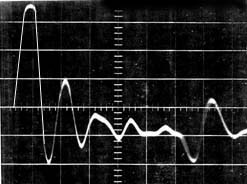
Bruel and Kjaer 4133 Measurement Microphone 20 microseconds per division Pulse retouched |
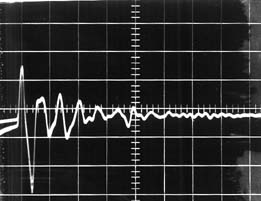
AKG CK1-C451 cardioid condenser mic 100 microseconds per division. Note polarity |
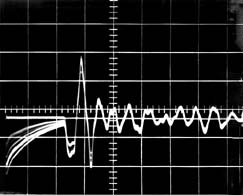
Electro-Voice DO-54 Dynamic Omnidirectional 100 microseconds per division |
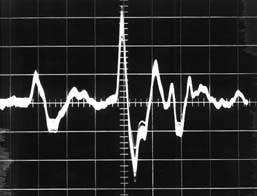 Dan Gibson Parabola - Dynamic Mic 200 microseconds per division. Note second pulse which is from dish |
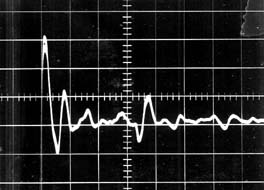 Sennheiser ME-88 / K3U Shotgun 100 microseconds per division |

AKG CK9 / C451 Shotgun 200 microseconds per division |
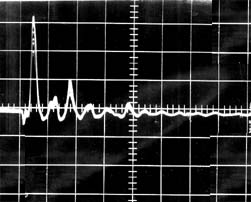
Sennheiser MKH-104 Omni 100 microseconds per division |

